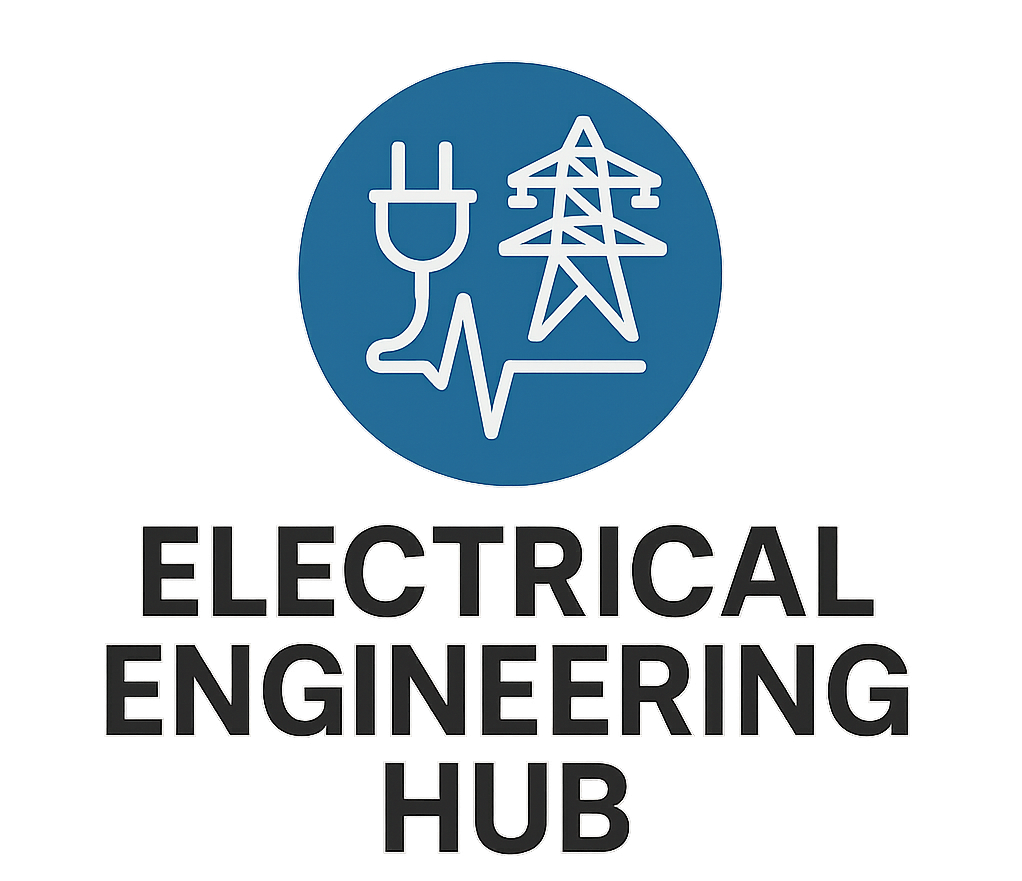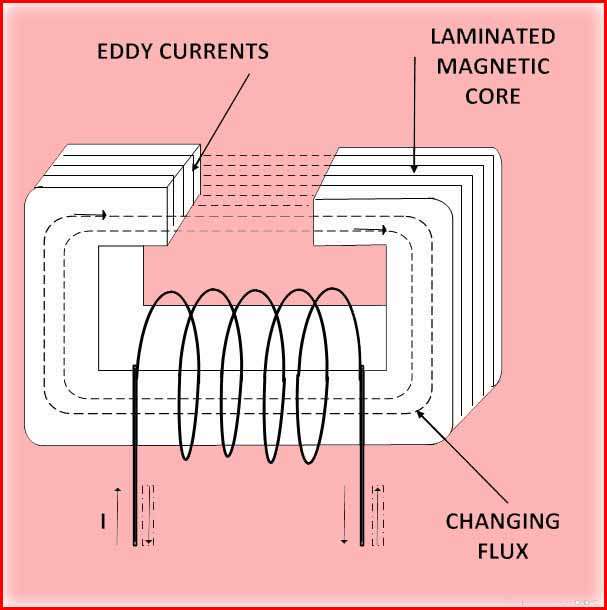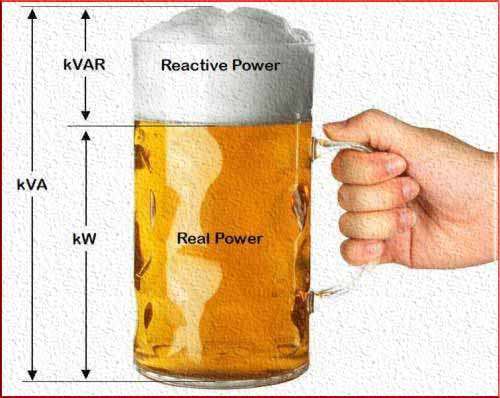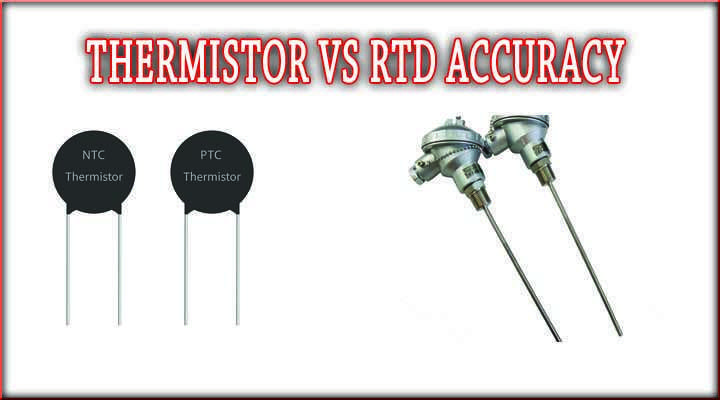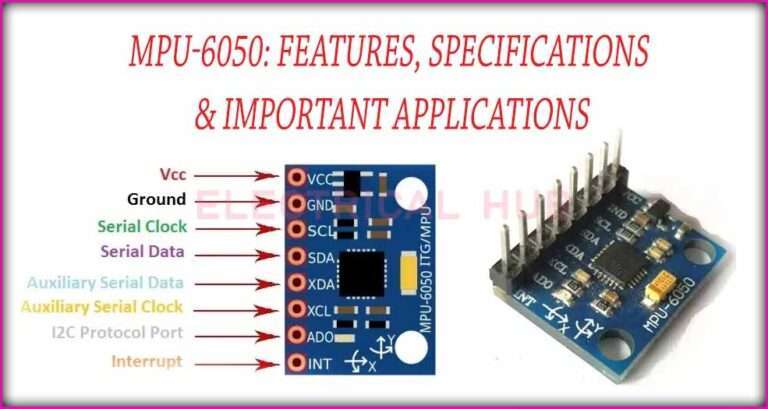Best Automatic Voltage Regulator for Home: A Complete Guide for Homeowners
In today’s modern homes, we rely on a wide range of electronic devices—LED TVs, air conditioners, refrigerators, washing machines, and desktop computers. These appliances are sensitive to voltage fluctuations, which can damage internal components, reduce lifespan, or even cause complete failure. That’s where an automatic voltage regulator for home becomes an essential piece of equipment. It maintains a stable voltage supply and ensures all your appliances operate safely and efficiently.
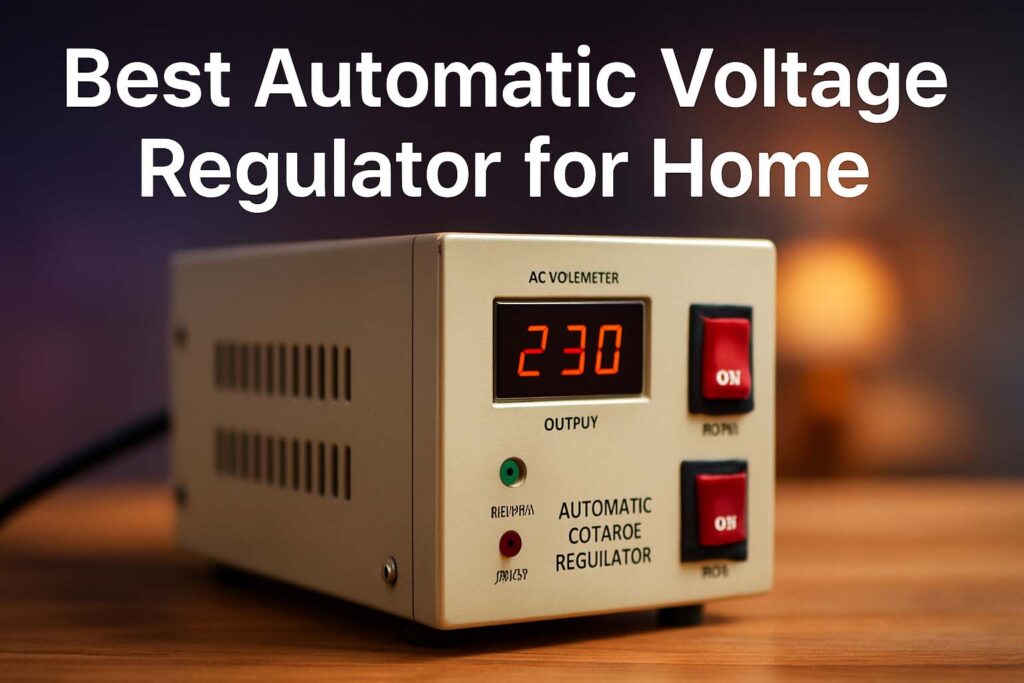
Let’s dive deep into why you need an automatic voltage regulator, how it works, what features to look for, and which models offer the best value.
What Is an Automatic Voltage Regulator for Home Use?
An automatic voltage regulator (AVR) is an electrical device designed to automatically maintain a constant voltage level. In simple terms, it corrects voltage fluctuations in the power supply to protect your appliances. When the incoming voltage dips or surges, the AVR detects the variation and adjusts the output voltage accordingly.
It serves as a bridge between your home appliances and the utility power line, ensuring a smooth and stable voltage supply.
Know More about Demand Factor as Per NEC
Why You Need an Automatic Voltage Regulator for Home
Voltage fluctuations are more common than most homeowners realize. In some areas, especially those with older electrical infrastructure or frequent power interruptions, the risk is even higher. An AVR is particularly useful for:
- Protecting sensitive electronics and appliances
- Avoiding costly repairs or replacements
- Reducing power consumption from inefficient operation
- Enhancing the performance and longevity of equipment
Just like understanding the difference between Voltage Dip vs Voltage Drop, knowing how a voltage regulator works helps you make better decisions for your home’s electrical system.
How an Automatic Voltage Regulator Works
An AVR uses electronic circuitry and components such as transformers, relays, and microcontrollers. It constantly monitors the incoming voltage and corrects it in real-time. The two main operations it performs are:
- Boost: When voltage is below the ideal level, the AVR increases the output.
- Buck: When voltage is too high, it lowers the output to a safe level.
This functionality ensures that your appliances receive a consistent voltage, typically 220V or 230V, depending on your region.
Know More about 3 Phase Motor Cable Size Calculator
Key Features to Consider in the Best Automatic Voltage Regulator for Home
When choosing an AVR for your home, consider the following technical and practical factors:
| Feature | Description |
|---|---|
| Input Voltage Range | Wider range ensures better protection in unstable power areas. |
| Output Voltage Stability | Look for an AVR that provides +/- 1% regulation for sensitive devices. |
| Power Rating (kVA) | Choose based on the total load. A 5 kVA AVR is sufficient for basic home needs. |
| Technology | Servo-motor based AVRs are highly accurate and reliable. |
| Response Time | Faster response protects electronics during sudden surges. |
| Bypass Mode | Allows the unit to be bypassed for maintenance or during stable supply. |
| Digital Display | Helps in monitoring input/output voltage and load status. |
Top Models of Automatic Voltage Regulator for Home Use
Let’s look at some of the most trusted and best-performing AVRs in the market today. These are based on user reviews, expert testing, and value for money.
| Model | Power Capacity | Voltage Range | Key Features | Price Range |
|---|---|---|---|---|
| Microtek EMR2013 | 5 kVA | 90V–300V | Digital display, smart time delay | Affordable |
| V-Guard VG 400 | 1.5 kVA | 170V–270V | Thermal overload protection | Budget-friendly |
| Servokon Digital AVR | 10 kVA | 140V–270V | Servo-motor control, LCD display | Mid-range |
| Everest EWD 500-D | 5 kVA | 100V–280V | Wall-mount design, auto cutoff | Value pick |
| Luminous SafeVolt | 4 kVA | 90V–300V | Advanced IC-based design | Premium option |
Choosing the Right AVR Based on Home Load
Here’s a simple guideline for sizing your automatic voltage regulator for home. First, calculate your total load in watts or kVA.
- Basic setup: Lights, fan, TV, fridge – 1.5 to 2 kVA
- With air conditioning: Add 2 kVA per AC unit
- Full load home: All appliances including washing machine, oven – 5 to 10 kVA
Remember to always select an AVR with at least 25% higher capacity than your load to handle start-up surges and future additions. This approach also aligns with good practices used in Allowable Voltage Dip for Generator Sizing.
Installation Tips for Homeowners
Installing an AVR is a straightforward process, but some basic steps must be followed to ensure safety:
- Always connect the AVR after your main breaker or distribution board.
- Ensure proper grounding for safety.
- Use correct cable thickness based on your load.
- Avoid placing the AVR in damp or hot areas.
It is advisable to consult a licensed electrician for proper installation and load calculation.
Know More about Electrical Load Balancing Generator
Common Issues and Troubleshooting
An AVR is typically low-maintenance, but some issues can occur:
- No Output: Check input voltage and ensure the fuse hasn’t blown.
- Frequent Tripping: Indicates overload or internal fault.
- Buzzing Sound: Servo motor issue or excessive input fluctuations.
Most modern AVRs have self-diagnostics and fault indicators to make troubleshooting easy.
Know More about Article 430.32
AVR vs UPS: What’s the Difference?
Some homeowners confuse voltage regulators with UPS (Uninterruptible Power Supply). While both protect equipment, they serve different roles.
| Feature | AVR | UPS |
|---|---|---|
| Voltage Regulation | Yes | Yes |
| Power Backup | No | Yes |
| Use Case | Long-term protection | Short-term power during outage |
So, if your area has frequent power fluctuations but fewer power outages, an AVR is the better choice.
Know More about Current in Parallel Calculator
Final Thoughts on Choosing the Best Automatic Voltage Regulator for Home
Protecting your household appliances is not a luxury—it’s a necessity in regions with unstable voltage. An automatic voltage regulator for home acts as your first line of defense against voltage fluctuations. It ensures that expensive electronics and appliances perform at their best and have a longer lifespan.
Before making a purchase, evaluate your total load, compare features, and choose a reliable brand that matches your needs. It’s a one-time investment that offers long-term peace of mind.
Also, don’t forget to keep your electrical system up to date. Just like choosing the right voltage regulator, understanding concepts like Voltage Dip vs Voltage Drop helps in optimizing your entire power infrastructure.
Follow Us on Social:
Subscribe our Newsletter on Electrical Insights for latest updates from Electrical Engineering Hub
#AutomaticVoltageRegulator, #VoltageRegulatorForHome, #AVR, #HomeVoltageStabilizer, #ElectricalSafety, #PowerFluctuationSolution, #BestAVR2025, #HomeElectronicsProtection, #VoltageControl, #EnergyEfficiency, #StableElectricity, #SmartHomePower, #SurgeProtection, #VoltageStabilizer, #PowerBackup
